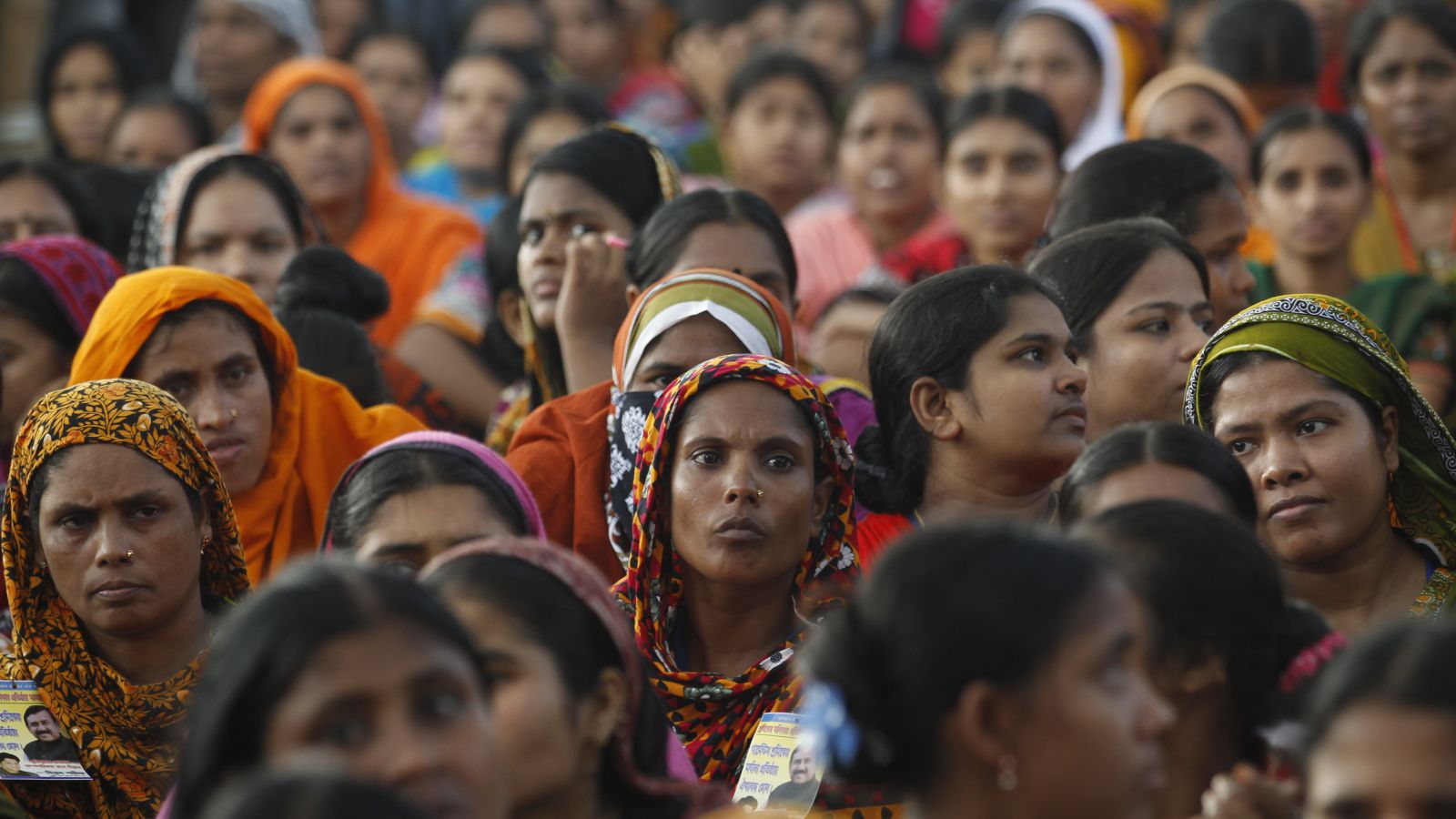Reuters/Andrew Biraj
Right now, there are two prominent coalitions working to improve factory safety in Bangladesh’s massive and notoriously unsafe garment industry. The progress made by these groups—the Bangladesh Accord for Fire and Building Safety and the Alliance for Bangladesh Worker Safety—has been painfully slow since they formed in the wake of the 2013 Rana Plaza factory collapse.
But even if they were remaking the industry at record pace, there’s another problem: Together they’re only looking at 27% of Bangladesh’s factories.
The conclusion comes from a year-long study by NYU’s Stern Center for Business and Human Rights, which has slowly and painstakingly poured over official records and followed leads on the ground to quite literally map Bangladesh’s garment industry. What it found is that, while previous estimates put the number of garment factories between 4,000 and 4,500—of which about 1,900 fall under the oversight of the Accord and Alliance—the actual number of factories reaches above 7,000.
To be precise, the team documented 7,179 factories, and those previously uncounted factories are largely informal and unregulated, meaning they’re the ones that tend to be the most dangerous. Often, they’re set up as subcontractors—a brand will place an order with a direct supplier, and for various reasons the supplier may subcontract the work to another factory, an indirect subcontractor.
Unused equipment in a garment factory in Dhaka, December 2014. Indirect suppliers are vital to Bangladesh’s ability to respond to fluctuating demand. When orders are down, factories like this one may close a few production lines or shut down altogether. When orders go back up, the lines reopen. This allows large, direct exporters with much higher operating costs to flexibly expand capacity through subcontracts without making expensive capital investments.
Unused equipment in a garment factory in Dhaka.(NYU Stern Center for Business and Human Rights/Nayantara Banerjee)
“The result is that millions of workers in subcontracting factories fall outside the protection of international safety-improvement initiatives, and are especially vulnerable in a country where unsafe working conditions are a chronic problem,” the Center said in a press release.
Many of these factories are producing clothes for international brands. Technically, only about 3,200 are listed as direct exporters, meaning they’re registered to directly supply international labels. Yet in a survey of 479 factories the team conducted in June, it found that 153 were acting as subcontractors “producing at least partly for the export market.” It’s routine for this kind of subcontracting to occur in brand supply chains.
But no matter what type of factory it was, safety was often still a problem. All told, the Alliance, Accord, Bangladesh’s government, and the International Labour Organization have performed 3,425 inspections, according to the report. But only eight factories have passed final inspection.
Meanwhile, more than $280 million have been pledged in total to helping remediate the country’s garment factories, leading the report’s authors, Sarah Labowitz and Dorothée Baumann-Pauly, to note that it isn’t clear “how many of these resources are being spent or if any of this money is being applied to remediate factories.”
Fixing these problems is an enormously complex undertaking, but it’s a necessary one. Bangladesh’s garment industry has helped millions to escape poverty, and it’s not for the best if brands pull out of the country. The best solution, Labowitz and Baumann-Pauly write, is “shared responsibility,” in which all parties acknowledge the scope of the problem, allow space for honest discussion, and act together to fix it.
Source: qz.com










